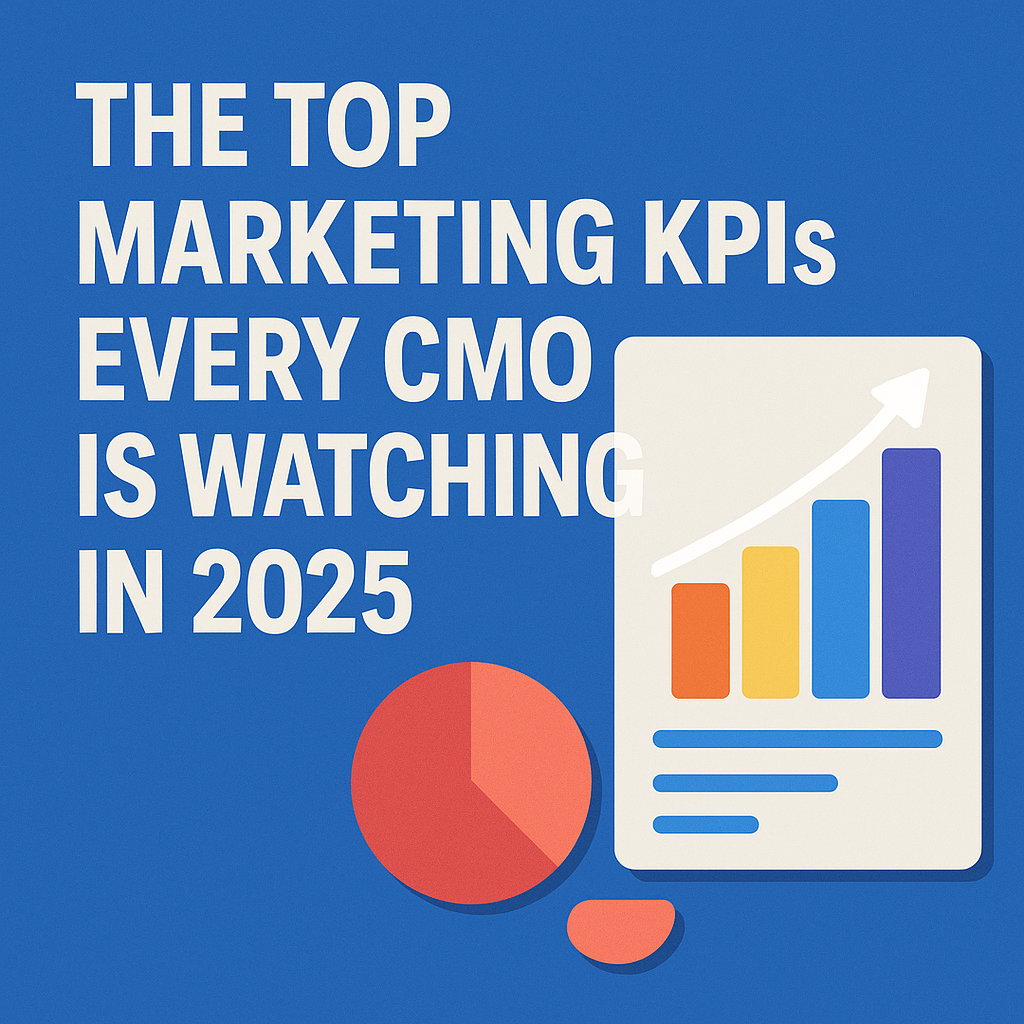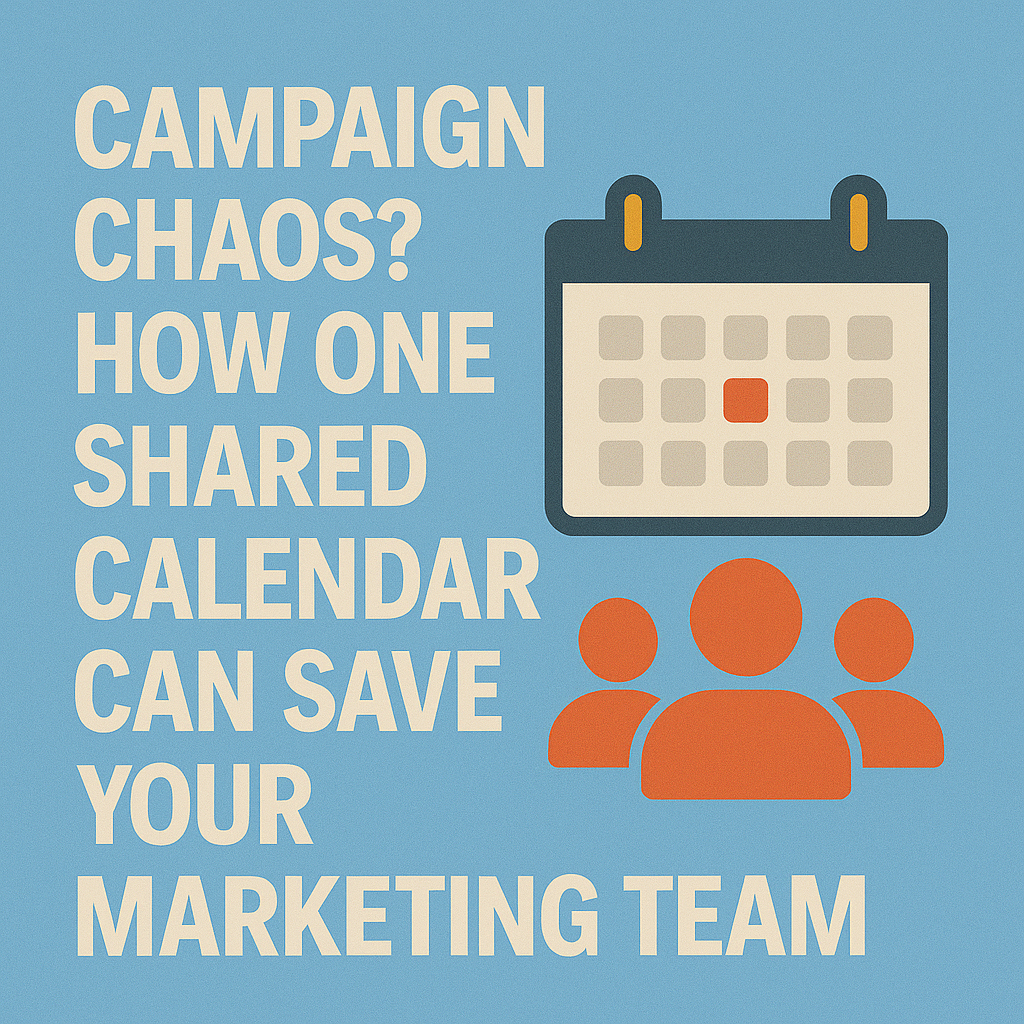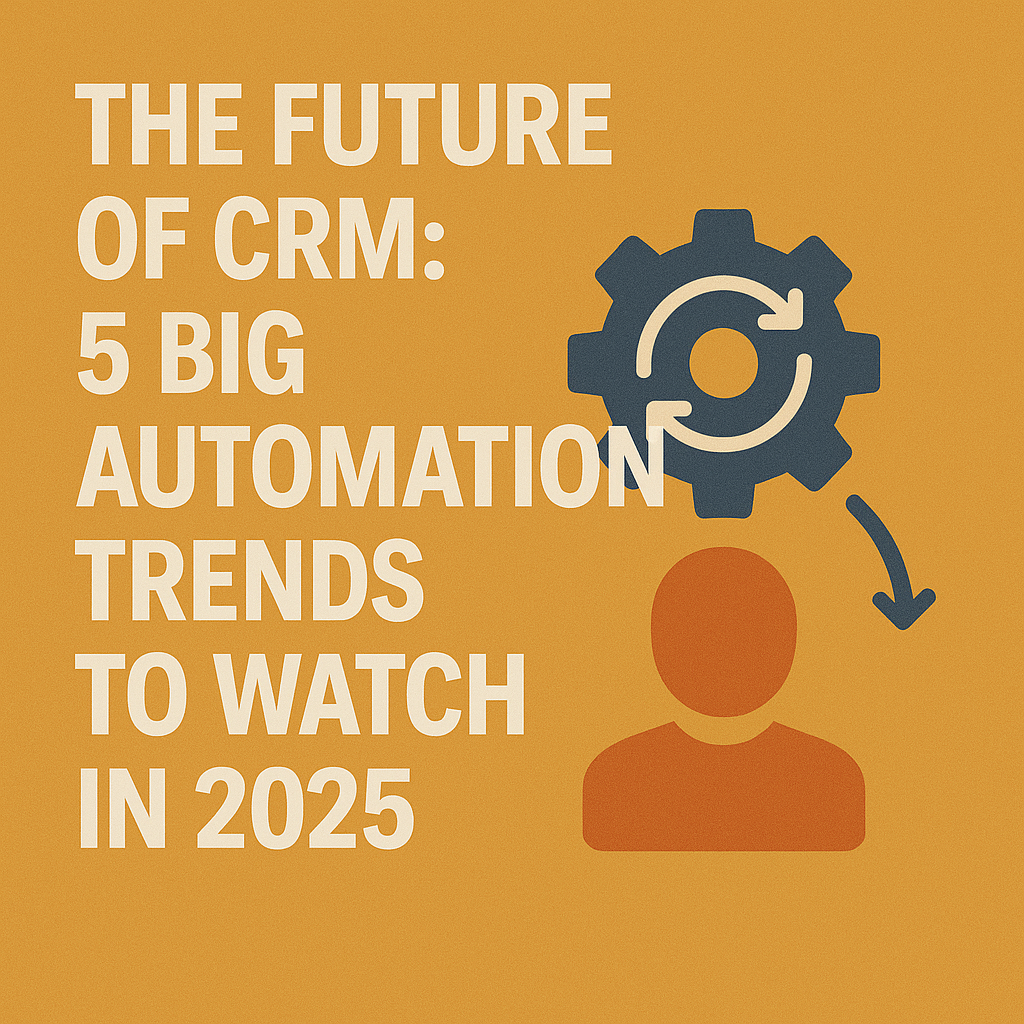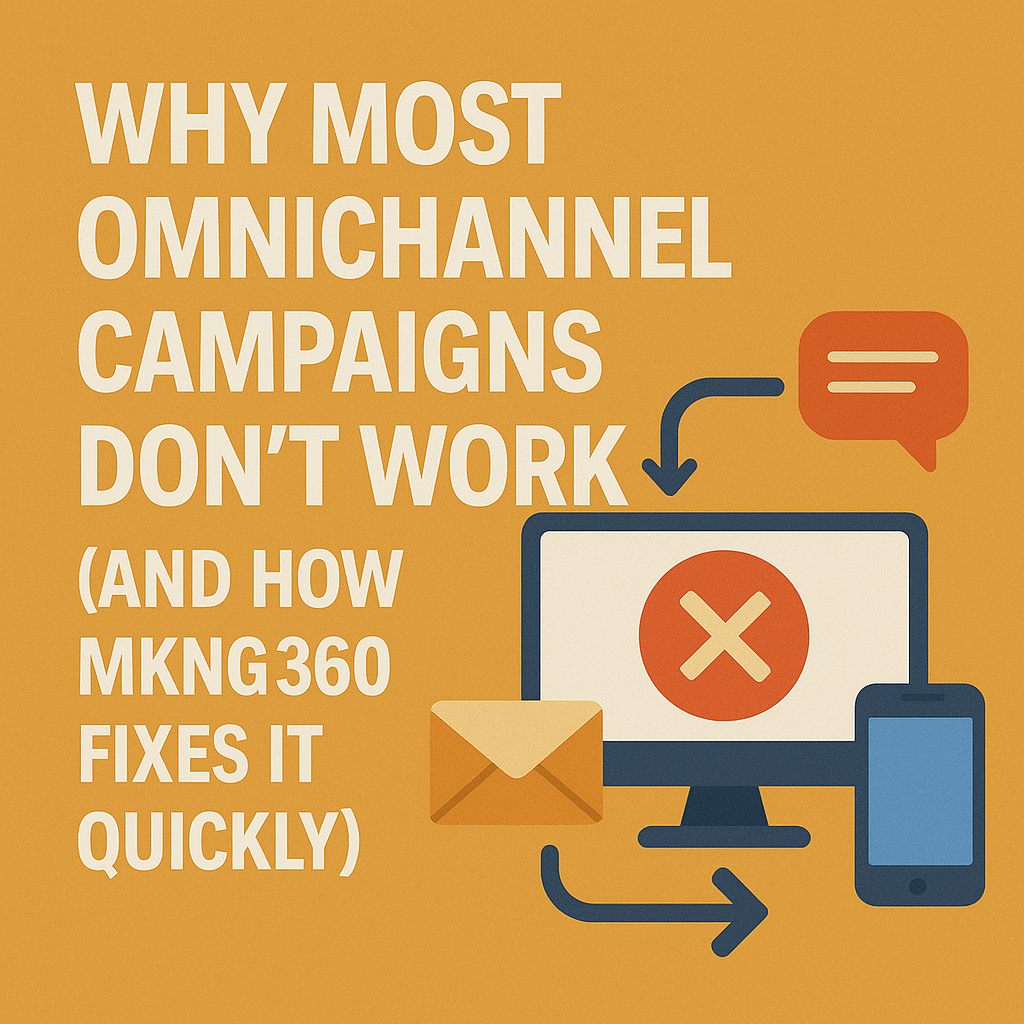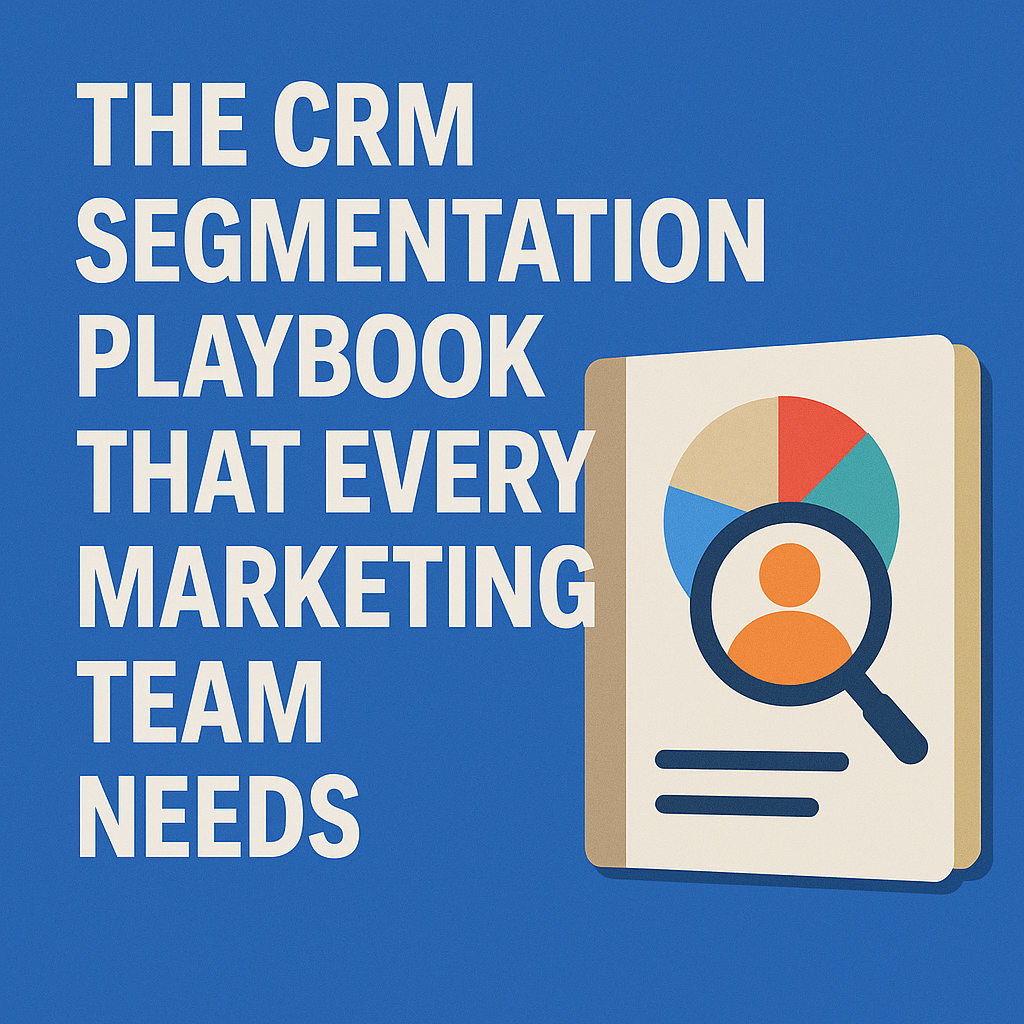Let’s be Real.
In 2025, being a CMO is a minefield. You’re juggling budgets, trying to prove ROI, keeping the brand relevant, and fighting for attention in a market that shifts weekly.
And the board? They want proof. Not opinions. Not vibes. Cold, hard numbers.
But which numbers actually matter? Because if you’re still chasing clicks and impressions like it’s 2018, you’re going to fall behind—fast.
Let’s break down the KPIs top CMOs are tracking this year—the ones that actually help you grow, defend your budget, and make better decisions.
1. Revenue per Marketing Dollar
“Are we making money, or just spending it?”
This one is simple. For every dollar you drop into marketing, how much comes back? You would be surprised how many teams still can’t answer that cleanly.
The rockstar CMOs?
They have got this locked down. They are using smarter attribution (read: AI, not Excel), syncing with sales, and treating every campaign like an investment—not a gamble.
👉 If your RPMD (Revenue Per Marketing Dollar) isn’t going up, something is off. Time to audit your funnel.
2. CLV (Customer Lifetime Value) to CAC (Customer Acquisition Cost) Ratio
“Are we finding loyal customers—or just expensive ones?”
It’s one thing to acquire leads. It’s another to acquire ones that actually stick.
In 2025, CMOs aren’t just looking at the old 3:1 rule as far as CLV to CAC ratio is concerned. They are digging deeper—factoring in churn, upsell potential, onboarding headaches, and whether a customer will actually become an advocate.
The new mindset?
If someone costs a lot to win and even more to keep, they’re probably not your best customer.
3. Pipeline Velocity
“Why is it taking so long to close deals?”
Speed is underrated. A bloated sales cycle kills energy—and deals.
This KPI tracks how fast your leads are moving through the funnel. Fast-moving pipelines usually mean:
- Better content in the middle of the funnel
- Fewer handoff issues between marketing and sales
- Stronger lead quality from the start
Some CMOs even monitor velocity by channel. That’s next-level stuff—and it works.
4. % of Revenue Sourced by Marketing
“Show me the money… that came from marketing.”
The days of marketing being the “arts and crafts” team are long gone.
Now it’s about proving marketing drives actual revenue. Not just assisting. Not maybe. Not “kind of.”
Modern CMOs are owning their numbers, using CRM integrations, UTM tags, and tools like MKNG360 to make it crystal clear where revenue starts.
If you’re not measuring this yet? You should be.
5. Customer Engagement Score
“Do our customers care—or are they just one-and-done buyers?”
Engagement is more than likes or clicks. It’s about how deeply someone connects with your brand.
Things like:
- Do they come back?
- Do they read your emails?
- Do they talk about you?
- Do they stick with the product?
Some teams are building composite scores—mixing site visits, email data, feature usage, and even NPS trends—to spot who’s loyal and who’s drifting.
The best part? High engagement almost always means lower churn.
6. Marketing’s Influence on Closed Deals
“Even if Sales closed the deal, did we warm it up?”
This one’s tricky.
You might not have sourced the deal, but if marketing content, ads, or webinars helped move things forward—you deserve credit.
That’s why smart teams in 2025 care about influence attribution, not just first/last-touch.
They’re using journey maps and heatmaps to show which campaigns played a role. It’s messy—but it paints a real picture. And CMOs who master this win more budget.
7. Channel-Level ROAS
“Which channels are actually worth it?”
Not all clicks are created equal.
CMOs today are ruthless about Return on Ad Spend (ROAS). Especially by channel. If LinkedIn ads aren’t pulling their weight? Cut them. If TikTok’s bringing in conversions? Double down.
Key tools here:
- Channel-specific UTMs
- Pixel data
- A centralized campaign analytics dashboard
Again—MKNG360 makes this dead simple, but the key is actually checking regularly. Not just at quarter-end.
8. MQL to SQL Conversion Rate
“Are our leads good—or just good-looking?”
It doesn’t matter how many Marketing Qualified Leads (MQLs) you have if none turn into Sales Qualified Leads (SQLs).
Healthy benchmarks:
- MQL → SQL: 25% is a sweet spot
- SQL → Opportunity: Around 50%
- Close rate from opps? 20–30%
If your MQL-to-SQL ratio is low, it’s usually a sign of:
- Misaligned lead scoring
- Sales not trusting marketing leads
- Or weak nurture tracks
Fix the handoff. Align your teams. Rework scoring if needed.
Bonus: 3 New KPIs That Are Gaining Steam
1. Brand Sentiment Score
It’s not about how loud you are. It’s how people feel when they hear your name. Tools now track this through social listening, reviews, and tone analysis.
2. First-Party Data Activation Rate
You’ve got a ton of data. But are you using it? This metric checks how much of your owned data is actually fueling your campaigns.
3. Creative Effectiveness Score
It’s time to stop guessing which creative performs better. This KPI mixes engagement, recall, and A/B test results to show what resonates—and what doesn’t.
Wrapping It Up: Don’t Drown in Data—Decide with It
Let’s be honest—every tool throws KPIs at you.
So what does the great CMOs do? They cut through the noise. They focus on what actually drives the business forward. They pick a handful of metrics that matter and go deep.
That’s where MKNG360 shines. It doesn’t give you more dashboards. It gives you clarity.
Want to make smarter marketing moves?
MKNG360 helps you in the following areas
- Track revenue back to the source
- Spot bottlenecks in the funnel
- Compare ROAS across channels
- Build engagement and loyalty scores
- Align sales and marketing—finally
👉 Ready to simplify your marketing chaos?
Quick FAQ
What's the difference between multichannel and omnichannel?
If you’re multichannel, it indicates you’re active on more than one platform. Omnichannel implies they are all connected and share the same message and data system.
Is it possible for MKNG360 to work with HubSpot or Salesforce?
Yes! MKNG360 includes built-in APIs and connectors that let it connect to most email tools, CRMs, and ad platforms.
How long does it take to set up?
Most teams are completely operational in about 2 to 4 weeks, with access to calendars, automation, and comprehensive dashboards.

